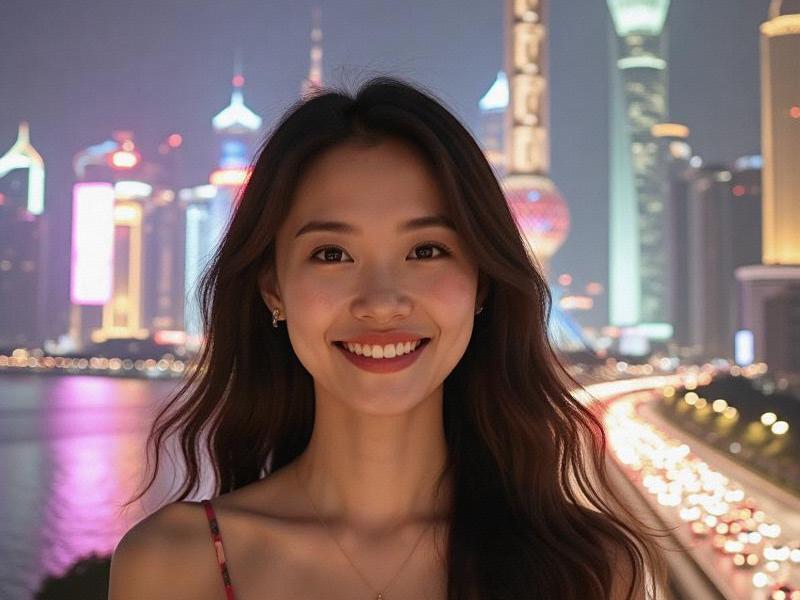This 2,200-word cultural analysis examines how Shanghai women navigate traditional expectations and modern aspirations through interviews with sociologists, fashion historians, and prominent female professionals in China's most cosmopolitan city.

Section 1: Historical Context
- 1920s Shanghai girls as early fashion icons
- Socialist era uniformity vs. reform-era liberation
- The "Shanghai Lady" archetype in Chinese literature
- Economic reform's impact on feminine expression
Section 2: Professional Landscape
- Female workforce participation (72% in white-collar jobs)
- Entrepreneurship rates among Shanghai women
- Education attainment statistics
- Corporate leadership representation
Section 3: Fashion as Cultural Statement
爱上海419论坛 - Local designers reinterpreting qipao for modern life
- The rise of "guochao" (national trend) beauty brands
- Street style photography hotspots (Anfu Road, Xintiandi)
- Sustainable fashion movements
Section 4: Beauty Economy
- Shanghai's RMB 50 billion cosmetics market
- Tech integration: AR makeup trials at Sephora flagship
- Traditional Chinese medicine beauty concepts
- Plastic surgery trends vs. natural beauty movements
Section 5: Social Pressures & Responses
新上海龙凤419会所 - Marriage age debates
- "Leftover women" narrative deconstruction
- Feminist collectives and publications
- Work-life balance innovations
Case Studies:
1. Zhang Yu - Tech executive and traditional crafts patron
2. Lily Chen - Qipao designer blending heritage with modernity
3. Dr. Wang Xiaolu - Sociologist studying urban femininity
Comparative Analysis:
- Versus Beijing's political femininity
上海龙凤419 - Contrast with Guangzhou's pragmatic style
- Differences from Chengdu's leisurely approach
Expert Commentary:
"Shanghai women have mastered code-switching between cultural expectations," observes Dr. Li Mei, gender studies professor at Fudan University. "Their style communicates both Chinese identity and global citizenship."
Conclusion: The Shanghai Synthesis
The city's women continue to redefine Chinese femininity by balancing:
- Career ambition and family values
- Global trends and cultural roots
- Individual expression and social harmony